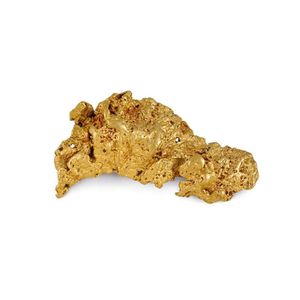19th Century Terracotta Cupid Supports
You must be a subscriber, and be logged in to view price and dealer details.
Subscribe Now to view actual auction price for this item
When you subscribe, you have the option of setting the currency in which to display prices to $Au, $US, $NZ or Stg.
- Cupid Motif - The Cupid motif, which features the Roman god of love and desire, Cupid, was a popular decorative element in classical ornamentation. Cupid was often depicted as a winged, naked baby with a bow and arrow, and was often used to symbolize love and desire.
In classical art and architecture, Cupid motifs were often used as decorative elements on furniture, such as on the legs of chairs and tables, as well as on architectural elements such as friezes and pediments. They were also used as decorative elements in frescoes, mosaics, and other forms of art.
During the Renaissance, Cupid motifs were often incorporated into the decoration of palaces, churches and other grand buildings, as they were seen as symbols of love and fertility. Cupid motifs were also commonly used in the decorative arts of the Baroque period, often appearing in the form of putti, which are small winged cherub figures.
In addition to their decorative use, Cupid motifs were also believed to hold symbolic meaning, as they were thought to evoke feelings of love, desire, and fertility. - Circa - A Latin term meaning 'about', often used in the antique trade to give an approximate date for the piece, usually considered to be five years on either side of the circa year. Thus, circa 1900 means the piece was made about 1900, probably between 1895 and 1905. The expression is sometimes abbreviated to c.1900.
- Terracotta - Terracotta is lightly fired earthenware, red or reddish-brown in colour, used in ancient times. Fired at higher temperatures terracotta was used in the nineteenth century for decorative vases and similar objects, but rarely for utilitarian goods. Other uses for terracotta include roofing tiles, garden pots and ornaments. Glazed terracotta is known as faience.
This item has been included into following indexes:
Visually similar items

The 'David Reed' gold nugget, discovered near Kalgoorlie, Western Australia, circa 1975, Sold to Benefit the St Peter's Cathedral (Adelaide) Organ Restoration Fund, 620 gms, 21.866 oz, 11.5 cm long. Provenance, Mr David John Reed Oam, Kalgoorlie, Private C


Japanese root carving of a grotto holding a carved & painted figure of Kwan Yin, seated, the left hand holding a sceptre. Height 25 cm

A bronze figure of Durga, Nepal, circa 15th century, the multi armed deity seated in lalitasana on the back of a recumbent lion, the principle hands in bhumisparsa and abhayamudra, the remaining hands extended holding attributes. 11.5 cm high.
